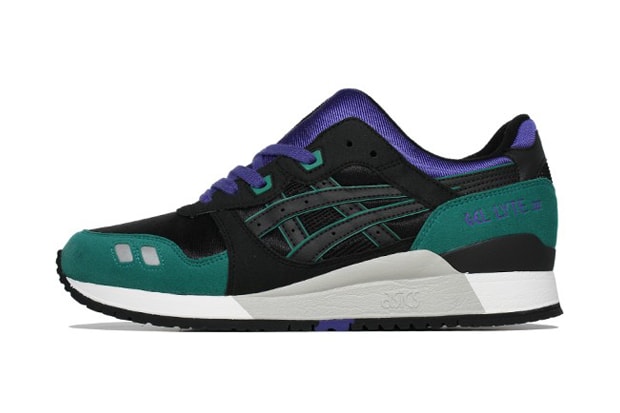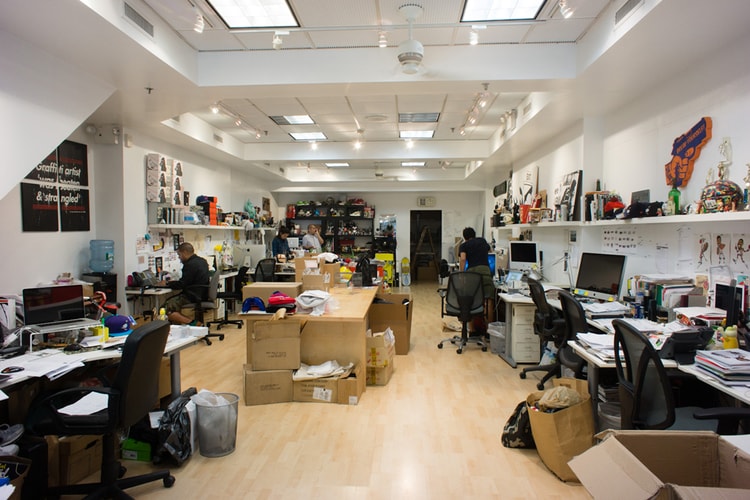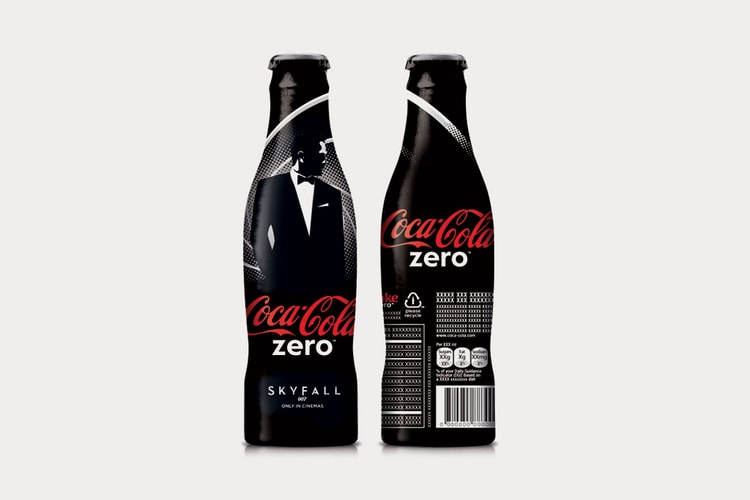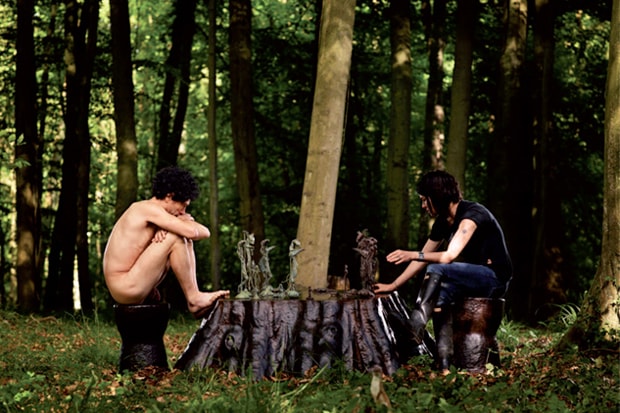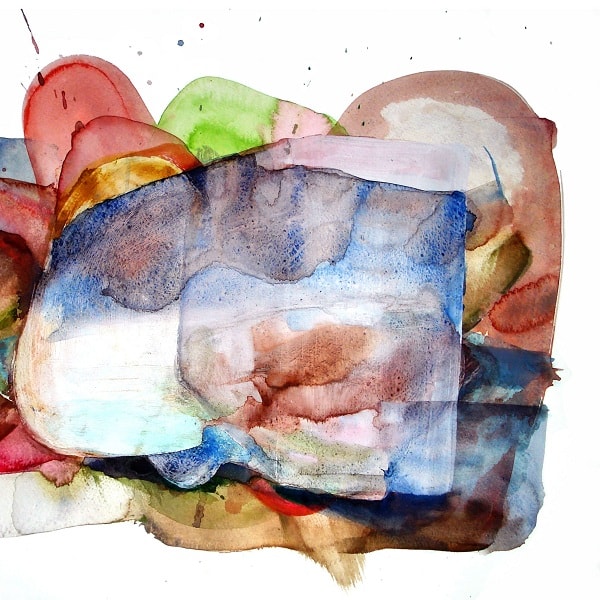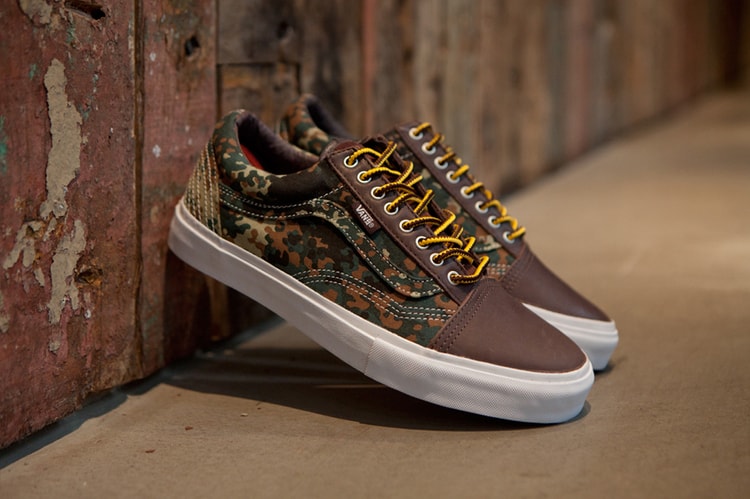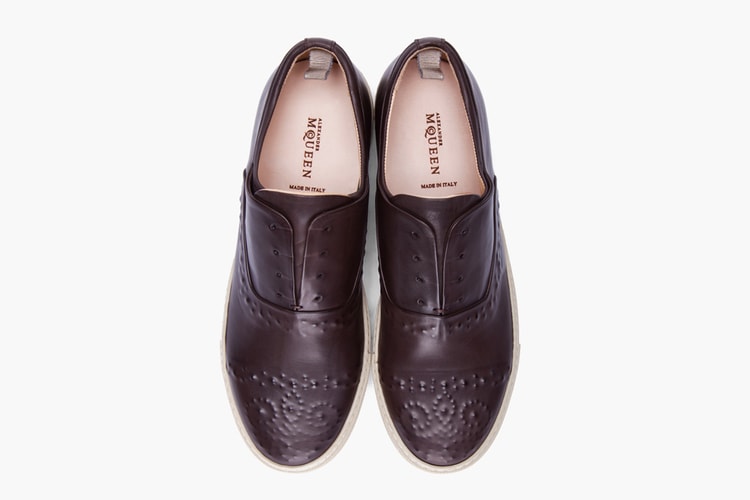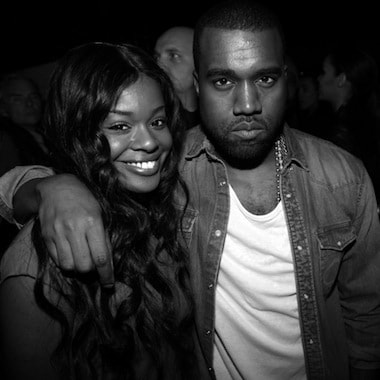The Job of a Sneaker Designer: PUMA's Jon Tang Discusses the Ins and Outs
For an increasingly large contingency of sneakerheads, finding a creative position within the
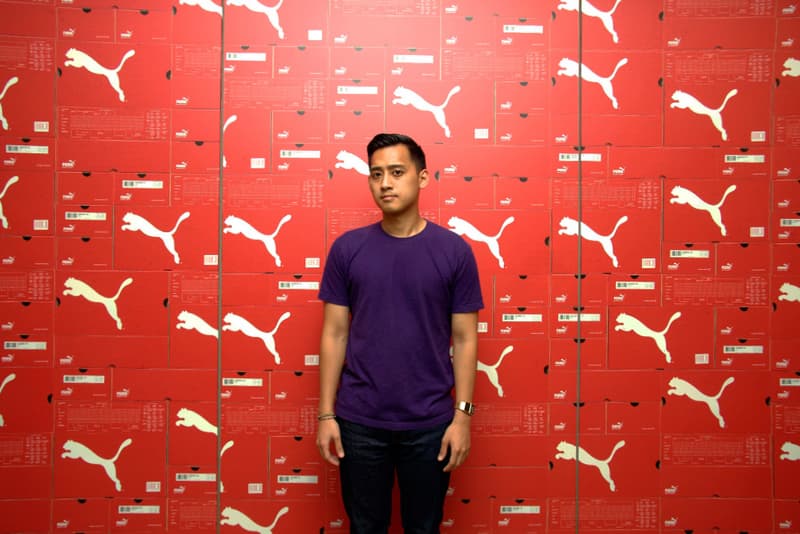
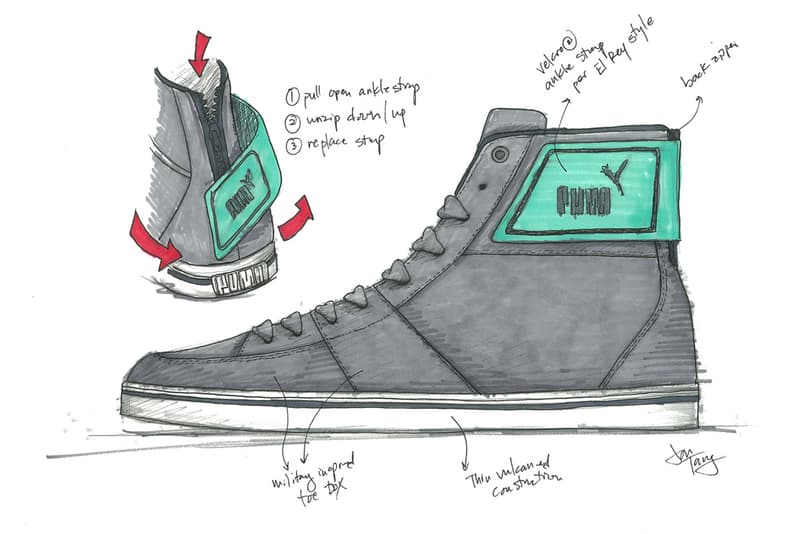
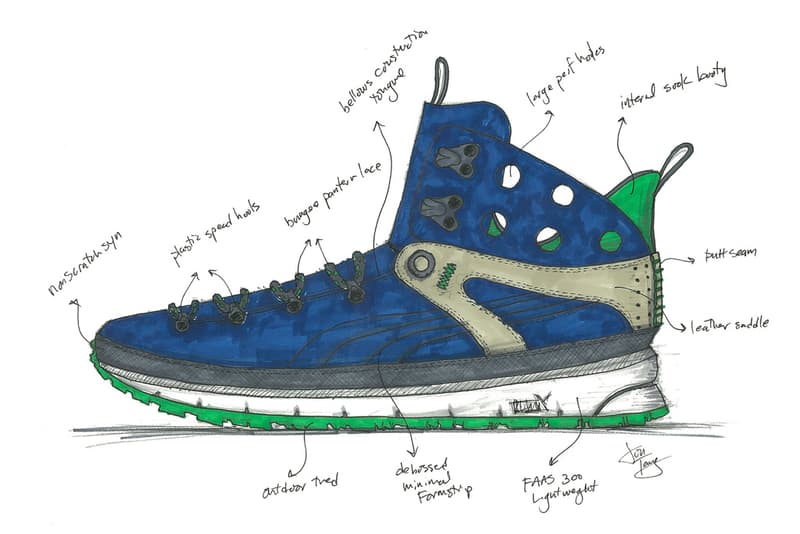
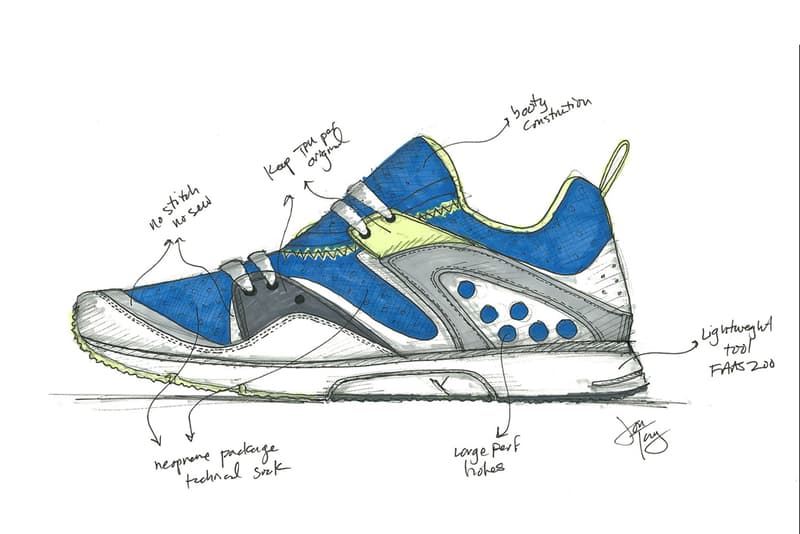
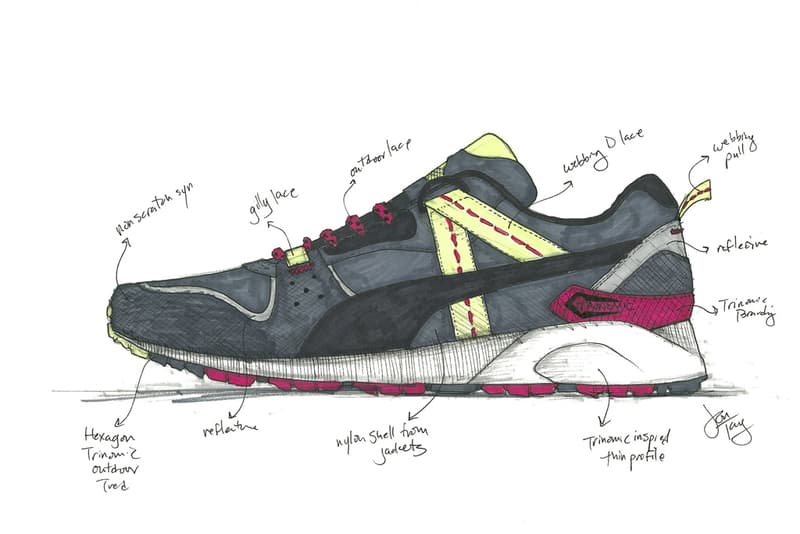
For an increasingly large contingency of sneakerheads, finding a creative position within the industry has become easier and easier. Initiatives such as Sneakerology in its most recent online form and Pensole have created a clearer picture of what it takes to make your mark in an ever growing industry. We took the opportunity to speak with PUMA designer Jon Tang to gain a better insight into the difficulties and considerations required to be successful as a top-level designer.
Can you introduce yourself?
Hey, my name is Jon Tang, and I’m a Lifestyle footwear designer at PUMA.
How did you get involved in footwear design?
I used to work for the brand as an intern, first as a graphic designer in marketing. After the internship, I had to finish off the last year of design school so PUMA invited me to be a freelance graphic designer and a brand advocate where I promoted for the brand in the city of Austin, Texas where I went to school. I then became a graphic designer in the marketing department at PUMA North America full-time after college. A position opened up in the PUMA International office for footwear design, and I shifted over to the product side. I’ve loved every step of the way.
What is the general synergy between marketing and designers?
Marketing and design really go hand in hand. As designers, we work with stories and concepts that drive our product development. Marketing then packages the stories and tells them to consumers. Every moment the consumer interacts with the idea it’s essential both marketing and design are on the same page.
How do you approach designing for the future?
There’s a saying “you don’t know where to go unless you know where you’ve been.” I find this to be true in the footwear industry. Much of what we do is about how we evolve where we have been and bringing a fresh new approach each season. We’re a brand with a long heritage. There’s so much to pull from to continue and reinterpret but it’s still important to keep the brand DNA. It’s all about storytelling. With each season, we tell a part of the story. As the consumer follows us from season to season, they’ll find that each product has grown and progressed. Through this progression we can bring different interpretations of a concept and as the next season rolls along we can further develop these concepts on a seasonal basis. I call all of the projects I’ve done my ‘babies.’ Watching them grow and mature over the seasons is something I really enjoy. Though as with all things, evolution doesn’t always last and you have to see the products you do change into something else. It’s sad to see some of your projects go but it is the nature of it. That’s just the way the industry is. What’s tomorrow becomes yesterday and then what’s yesterday might come tomorrow. The future is always ahead of you but always good to remember “where you’ve been so you know where to go.”
There seems to be little attention paid to footwear developers. How important is a good developer?
Extremely. Developers help my ideas come to fruition. It’s one thing to have a developer understand what you’re trying to do, but it’s also about problem solving. I’ve worked with some great developers and they’ve taught me so much. Not only do they try to keep the integrity that I had originally designed, they also bring new ideas and open to take risks. I wouldn’t be as knowledgeable about the process of footwear making if I hadn’t worked with such awesome developers.
How does a designer exude his own “design language” on footwear?
There’s a line you can’t cross but it’s also important to have your own style. Without that, we wouldn’t be able to bring fresh new perspectives to the product. As a designer for a brand, we have to keep the brand DNA and consumer in mind always.
What do you hope you achieve through your design?
The greatest satisfaction I get from designing is when someone says ‘that’s cool’ about a product I’ve done. In that very moment the consumer and I reached a resonance. From all the work it took to get to that point, the consumer and I come to an equal understanding of the product. I continually push product I do to have a new approach to ideas. When I hit that ‘eureka’ moment and work to get to that finished product, it’s the biggest reward when the consumer also hits that ‘eureka’ moment with me.
Are footwear designers able to transcend this medium into other platforms (i.e. furniture, etc.)?
I definitely would say so. Being a designer is just really how you think. It’s all in the mind. Connecting ideas and tangents of ideas is the key to inspiration. The medium of footwear is just one way to express these ideas. You can have a certain concept or story and it’s possible to design anything through this scope.
What sort of limitations do you see designing something in a rigid format such as footwear?
The foot. At the end of day, it still needs to be a shoe. A shoe that goes on the foot. And with that, there’s certain confines and regiments of what a ‘shoe’ is entitled to be. Of course, you can go very avant-garde and push the boundaries of a ‘shoe.’ Though with the way the market is, it’s a tough (but not impossible) sell to the consumer.
Do footwear designers usually have an ultimate goal?
I can’t really speak for others, but for me, I want to be at the point where I design for myself. When I look at the world sometimes, I ask myself the ‘what if…’ questions to many of designed things in our world. These perspectives I have continually inspire me to want to change the world through my eyes. Selfish I know, but you did say ULTIMATE goal, right?




